 At 00h51 UT of
At 00h51 UT of  March 15th 2021, a new fireball could be detected with the SMART Project’s detectors operated at Calar Alto (Almería), Sierra Nevada (Granada), La Sagra (Granada), La Hita (Toledo) and Seville observatories.
March 15th 2021, a new fireball could be detected with the SMART Project’s detectors operated at Calar Alto (Almería), Sierra Nevada (Granada), La Sagra (Granada), La Hita (Toledo) and Seville observatories.
Calar Alto Observatory external surveillance south camera also registered the event, that happened above Alborán Sea (Southwest Mediterranan Sea).
Following the preliminary analysis carried out by Professor José María Madiedo (Instituto de Astrofísica de Andalucía IAA-CSIC), and SMART project's PI, this event was caused by a rock detached from a comet which impacted against our atmosphere at an estimated speed of 140.000 km/h.
The luminous part of the phenomena started at an altitude of 111 km above Alborán Sea. Then the object moved southwestward and finished at an altitude of 65 km above the Mediterranean Sea, just in front of Morocco coasts.
The image on the top left displays the path this fireball followed above the Mediterranean Sea, while the top right one shows the emission spectrum of the fireball.
Below are the videos that could be registered with the SMART Project's detector and with the external surveillance camera, both operated at Calar Alto Observatory in Almería (South Spain).
Calar Alto (CAHA) fireball detection station, together with the one at the Observatory of Sierra Nevada (IAA-CSIC) and others placed at different locations in Spain, are part of the S.M.A.R.T. project led by Professor José María Madiedo (IAA) to track that kind of objects. Specifically, Calar Alto (CAHA) station and the one at Sierra Nevada (IAA-CSIC) constitute a collaboration agreement between the IAA researcher José María Madiedo and both institutions.
 English (UK)
English (UK)
